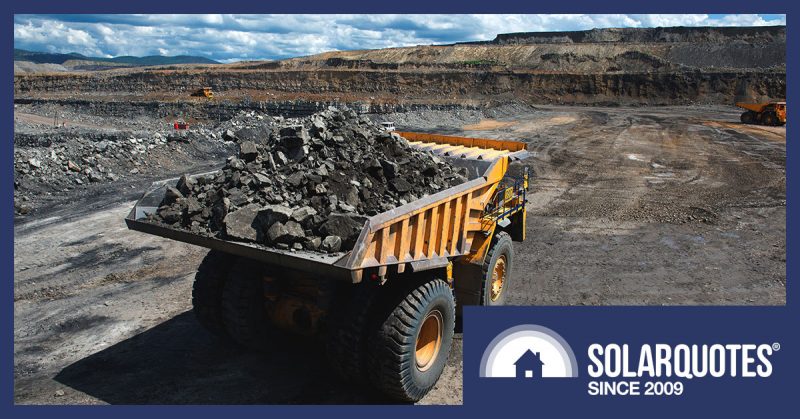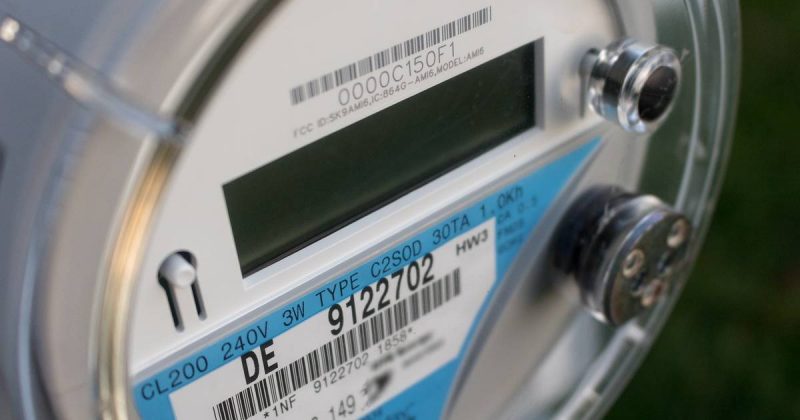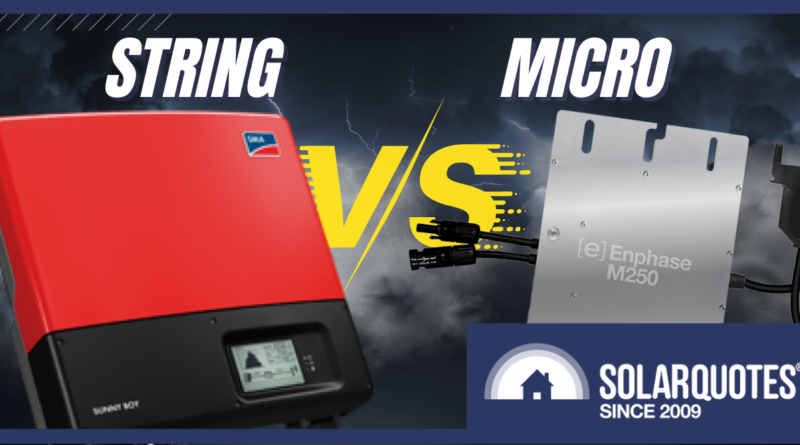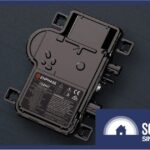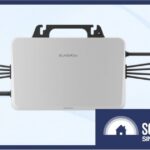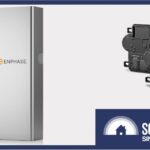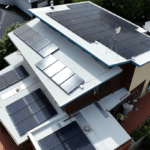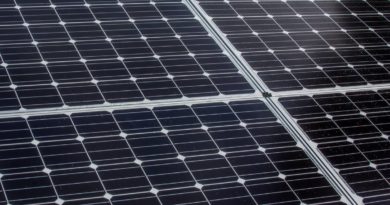Microinverters Perform No Better Than String Inverters: French Study
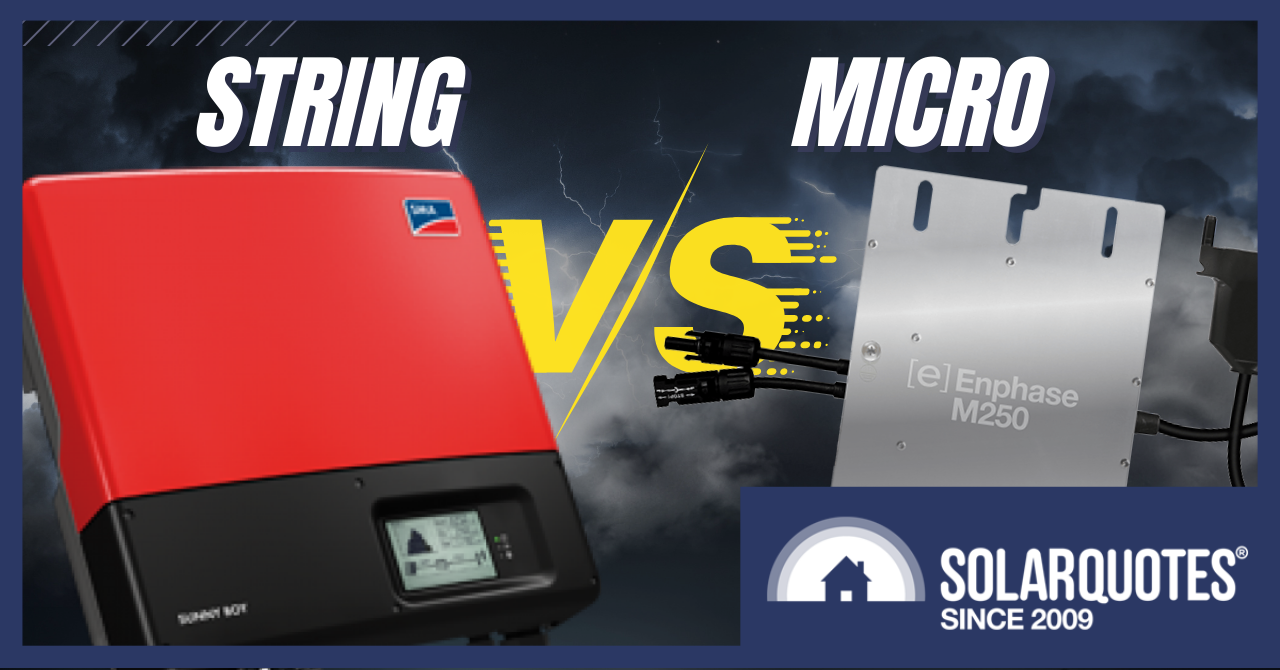

If you asked me what type of inverter your rooftop solar system should use:
- A string inverter — like most solar systems in Australia, or…
- Microinverters — a little baby inverter that goes under each panel.
I would say…
“Go with whichever you like. Unless there are special circumstances it makes little difference. Don’t stress out if salespeople try to convince you one is significantly better than the other.”
I do have evidence to back up this advice. It’s not like my wig — something I just pulled out of my hat:
[embedded content]
But if you think Finns and Australians are a little flaky and you’re only interested in advice from properly cheese-appreciating nations, then today is your lucky day. A kind commenter recently referred me to a French study that says the overall output of the two types are essentially equal.
The paper is called:
“Performance ratio of photovoltaic installations in France: Comparison between inverters and micro-inverters”
You can read the whole thing here or, if you prefer, just read my summary since I’m going to condense it like milk, just giving you all the sweet details you need to know.
But before I do that, I will let you know the authors have some strange ideas about string inverters. They don’t think they’re reliable, so they recommend microinverters even though they found their performance to be the same. This makes me think the authors are all French croissants and so deliciously flaky. In my experience, string inverters last longer than the 8-12 year figure they give.
Or at least they last a lot longer if you buy one that isn’t merde.


But I assume you’re smart enough to check out our Solar 101 Guide and use a brand on our recommended chart that’s likely to last for well over 10 years:
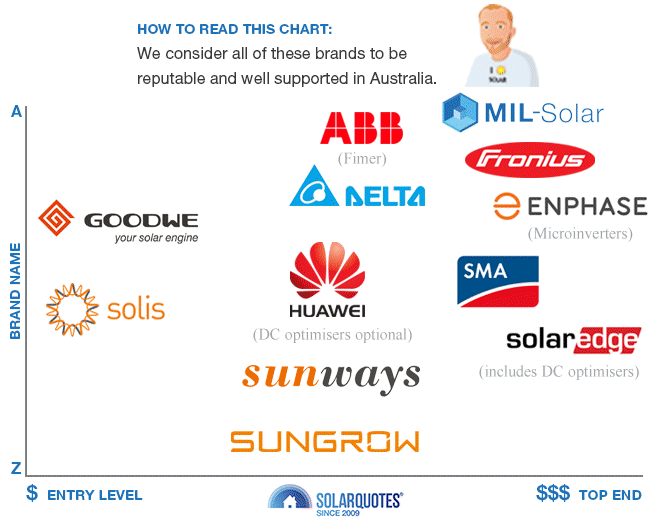

How Our French Friends Did The Study
The study examined the performance of 200 solar systems1. The study authors evenly split the solar systems between string inverters and microinverters:
100 String Inverter Systems: These were all SMA inverters either:
- Sunny Boy 3000
- Sunny Boy 5000
- Sunny Tripower 8000
100 Microinverter Systems: These were all Enphase microinverters of four types:
- M210
- M215
- M250
- IQ7
SMA is Europe’s most common string inverter, with 40% of string inverters in the database. Microinverters in Europe — and pretty much everywhere else — are nearly all Enphase.
Average Age Of Systems
The average age of the string inverters was 7.6 years, while it was 2.8 years for the microinverters. This difference is not good because solar panels very slowly deteriorate in output over time. This is likely under 0.5% a year for decent quality panels.
Because the microinverter systems average 4.8 years younger, it gives them an unfair advantage when comparing their output.
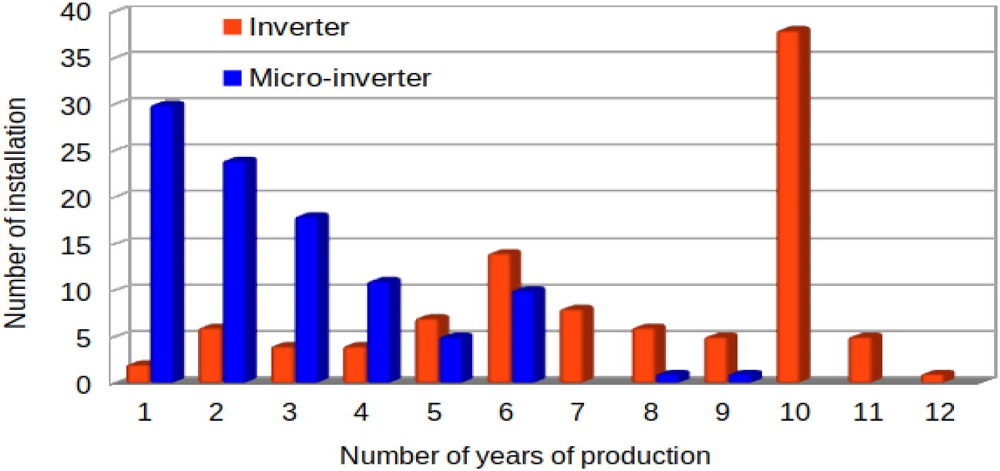

If French rooftop solar systems deteriorate at an average rate of 0.4% per year, the 4.8 year average age difference would reduce the output of string inverters by 2%.
The study doesn’t attempt to adjust for the age difference but merely states:
“As the data with inverters is over a longer period than for micro-inverters, the Performance Ratio can even be considered to be slightly lower for micro-inverters.”
Average String Inverter System Size Was Small
The 100 string inverters consisted of:
- 50 Sunny Boy 3000
- 25 Sunny Boy 5000
- 25 Sunny Boy 8000
This made the average string inverter capacity 4.75 kilowatts. This is higher than the average inverter size for their database, which was only a little over 3 kilowatts. This low average size is important because string inverters tend to become slightly more efficient as they increase in size, while the efficiency of microinverters remains the same no matter what size the solar system using them is.
With the average residential inverter size now around 7 kilowatts in Australia, ours will have slightly better average efficiency than the French sample.
Enphase Microinverters Only
Enphase is by far the largest manufacturer of microinverters and were the only type in the study. Their numbers and types were:
- 41 Enphase M250
- 28 Enphase M215
- 30 Enphase M210
- 1 Enphase IQ7
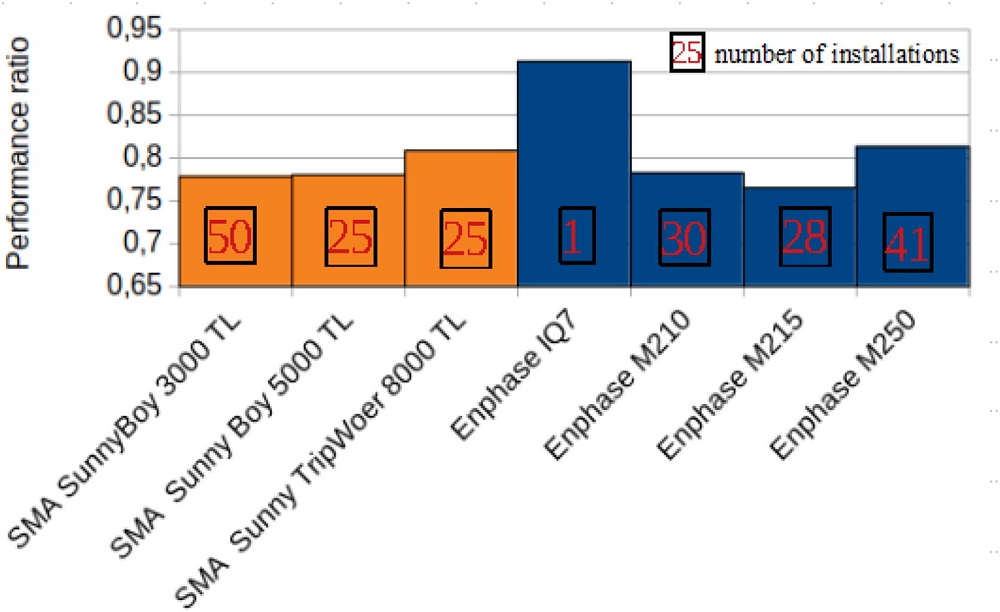
This graph shows the string inverters and microinverters in the study. The one system using Enphase IQ7 microinverters has a high-performance ratio, but the result would probably look more average if there had been more of them. Although it is possible that the newer IQ7s perform much better than the old M series.
System Location
The solar systems were located in metropolitan France. This is the main part of France between Spain and five other European countries with an inadequate appreciation for mimes.
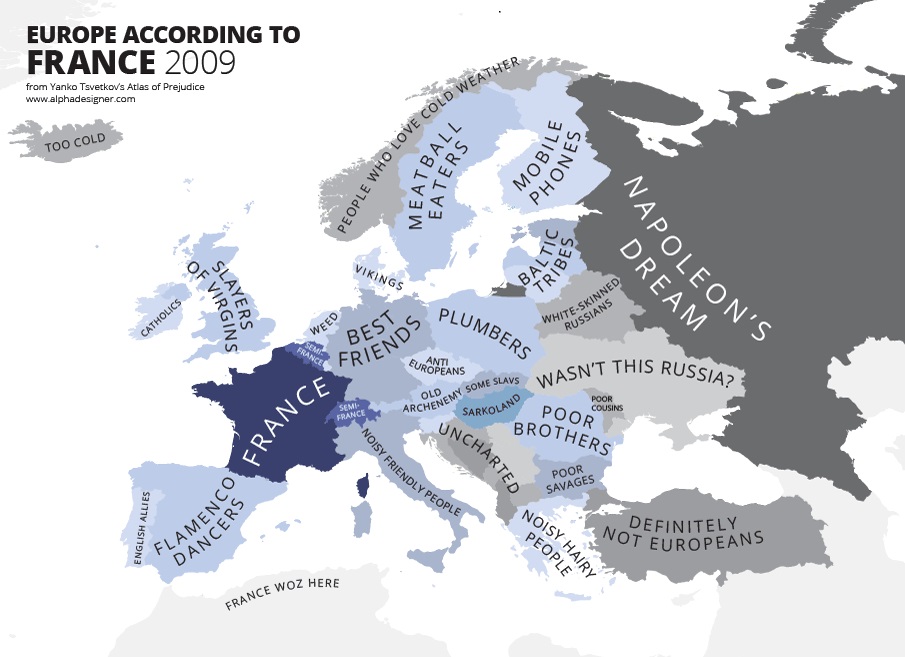

Determining Performance Ratio
To compare string inverter systems with microinverter systems, they determined the Performance Ratio for each solar system by comparing its actual output to its maximum theoretical output if there were no losses. To determine the theoretical maximum for a solar system, they took into account:
- The amount of sunlight energy received at its location.
- Panel tilt.
- Panel orientation.
- System size.
When they divided the actual output of the solar systems by their theoretical maximum, they got an average of 79% for both string inverter and microinverter systems. This was contrary to the authors’ “initial intuition”, which was the latter would perform better.
Despite finding no difference between the systems compared and saying the performance ratio for microinverters should be considered a little lower if age is taken into account, the study recommends using them. The reasons they favour microinverters are where I think the paper gets a little strange.
Study Says Microinverters Win On Total Cost
The study says microinverters are cheaper overall. The graph below from the paper shows that — in France — string inverters are cheaper than microinverters if more than five panels are installed. The mostly straight, blue line represents their cost. The dotted grey line represents the cost of string inverters:
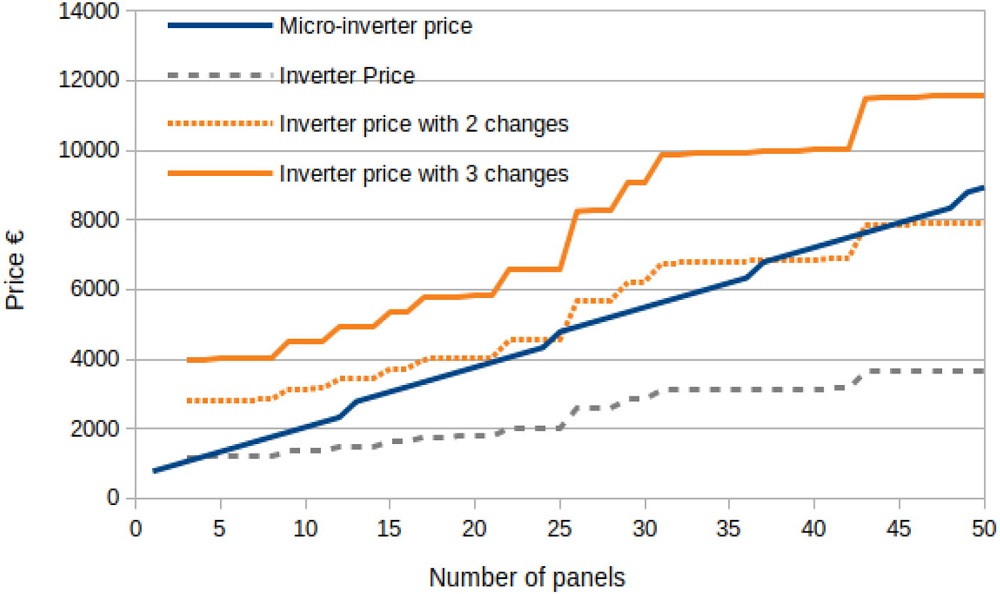
The cost of string inverters includes a 279 Euro weather cover. That’s around $416 Australian dollars at today’s exchange rate of 0.67 Euros to the dollarydoo. For replacement string inverters, no allowance is made for the fact these are likely to be cheaper in the future. It’s almost as if they were looking for ways to make string inverters seem more expensive.
But they say a string inverter will have to be replaced twice in its lifetime while microinverters won’t. I don’t know what kind of antifreeze they’ve been putting in their wine, but this idea is nuttier than gateau aux noix.

“Gateau aux noix” or “cake with nuts” if you’re an anglophone. (Image: Cuisineaz)
The paper assumes string inverters only last 8-12 years, while microinverters last 25-30. According to the authors, a string type will have to be replaced twice to last as long as microinverters.
If any of the authors are reading this, I want them to listen very carefully…


String inverters and microinverters are the same damn thing. One is just bigger than the other. If a microinverter can last 25-30 years there is no reason why a string inverter of similar quality can’t last as long. It should actually last longer because string types are normally placed where temperature extremes are less than under a solar panel.
The authors make a big deal that Enphase microinverters can have a 25 year warranty, but this depends on location. In Australia, it’s only 10 years, as this table from the Enphase Australian/New Zealand warranty document shows:
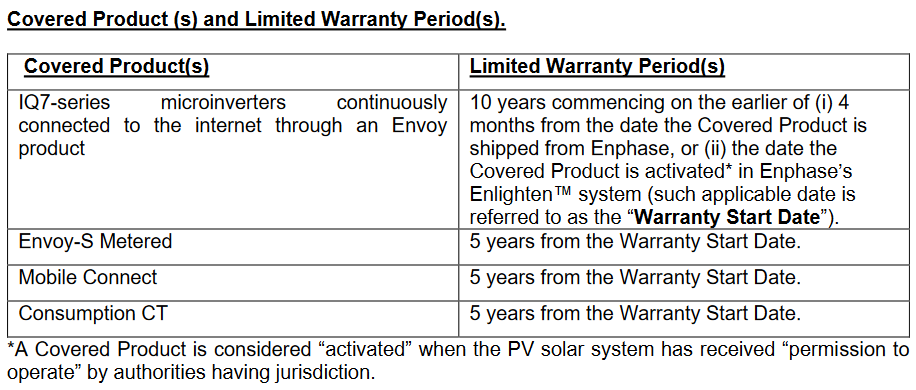

I think it’s likely the authors have arrived at a misunderstanding of how long string inverters are likely to last stemming from two main factors:
- Microinverters have to be reliable because they’re difficult to replace.
- Europeans are suckers for extended warranties.
Microinverters Have To Be Reliable
Microinverters go on the roof under solar panels and so are a lot harder to replace than string inverters. They require a ladder, safety precautions for working at heights, solar panel removal, and so on. Because of this expense, if they didn’t have a long warranty no trustworthy installer would want to use them. It’s also not enough to just give them a long warranty; they have to be genuinely reliable otherwise the cost of replacing them will drive the manufacturer and/or installers broke.
Reliable electronics cost more than crap electronics, so microinverters aren’t cheap. But provided you are willing to pay for a quality string inverter, there’s no reason they can’t last as long as the 25 years Enphase microinverters are warranted in Europe and the USA. We know good quality string inverters can last for decades because many have. For example, I have a friend whose solar system was installed in 2003 and its original SMA is still operating without problem after 19 years.
Europeans are Suckers For Extended Warranties
One of the odd things about solar inverters is good quality low-cost ones, such as Solis and Goodwe, come with 10-year warranties; but more expensive European made inverters such as Fronius and SMA only come with 5 years of full warranty2, despite being regarded as very reliable.
The reason why they have shorter warranties than lower cost inverters appears to be so their manufacturers can sell extended warranties. These are popular in Europe and some Australians pay for them too. But note they are less valuable here because we’re protected by Consumer Guarantees that can apply after the written warranty has ended — especially if you paid a premium price for a product.
My Conclusion
String inverters and microinverters have their own individual advantages and disadvantages, but if you are just looking to get solar installed on a typical roof, there’s not a lot of difference between them.
Microinverters aren’t cheap, but if you decide to go with Enphase — by far the most common type in Australia — you should be getting a reliable product that’s unlikely to fail for decades. But note, there is — quite literally — no guarantee it will last for decades in Australia.
If you instead get a system with a low cost but reliable string inverter, you can expect the inverter to last for well over a decade. If you pay for a high-quality unit, you can also expect it to last for decades. As with microinverters in Australia, there is no guarantee it will last for decades, but it’s easier to replace if it does fail.
You don’t need to worry about which will give you the best output. My experience matches the French study that says they’re much the same. So don’t be too worried about which is best for your home. Just go with whichever you prefer.
Footnotes
- They took this information from the BDPV database. I took a look at that site and, using the knowledge I obtained from studying French in high school for five years, I worked out the information there was definitely in French. There was a button I clicked to change it to English, but that made it seem far less romantic.
- They may also come with an additional 5 years of limited warranty that only covers the cost of a replacement inverter, but not transport or installation.
Original Source: https://www.solarquotes.com.au/blog/string-vs-micro-inverters-study/
